




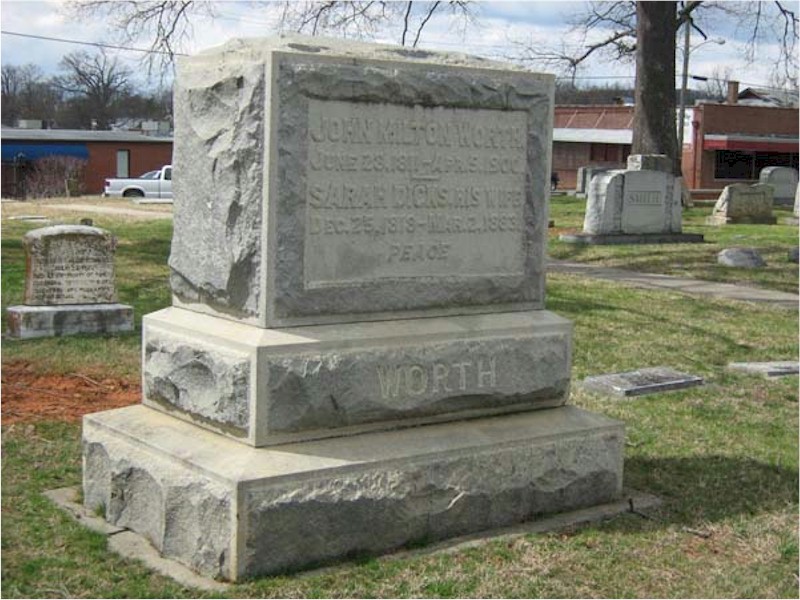
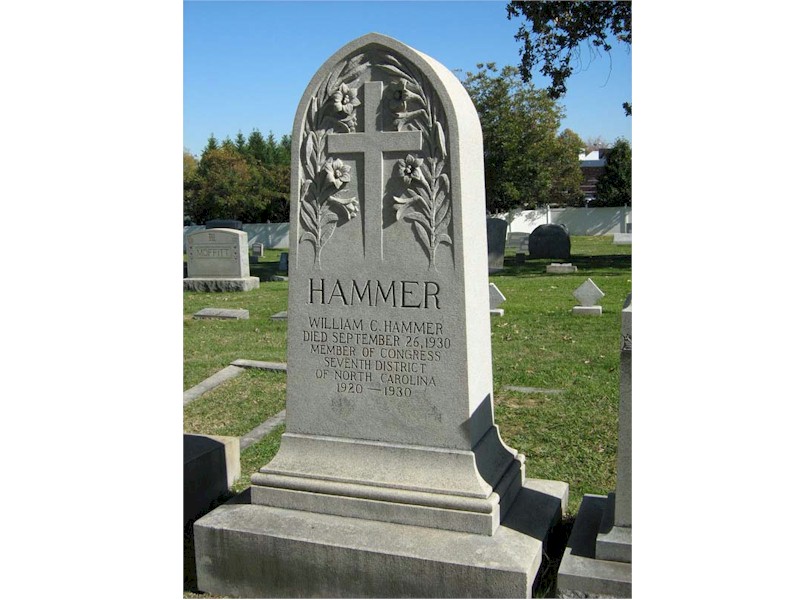
Member of Congress 1920-1930.
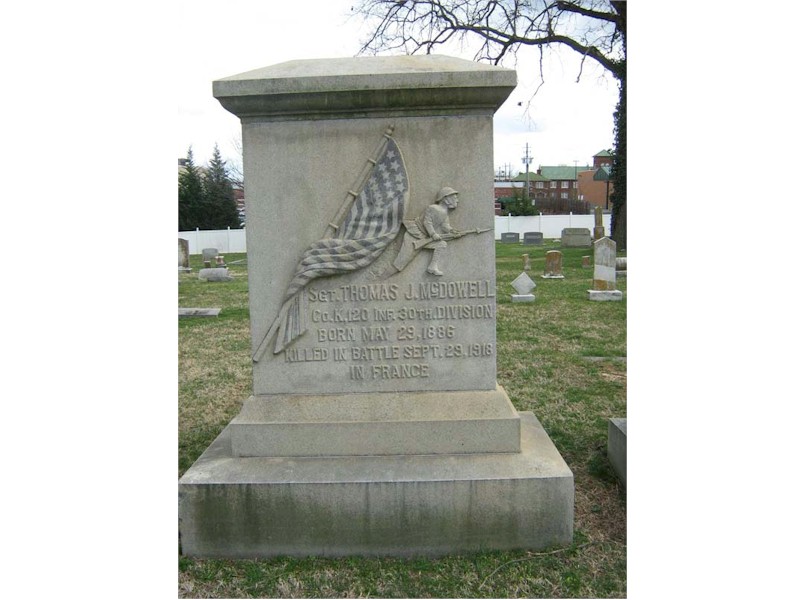
Killed in action during World War I.
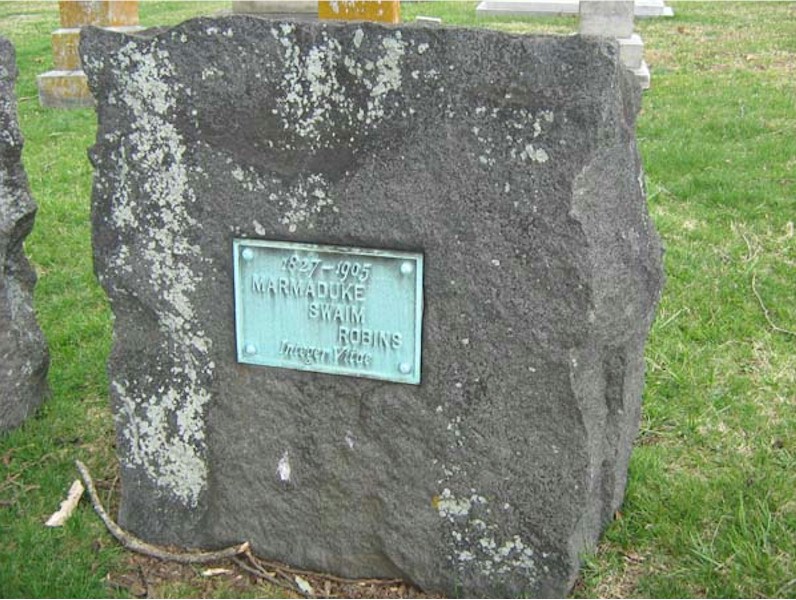
Called the "Lincoln of Randolph County" both for his appearance and his accomplishments in the community.
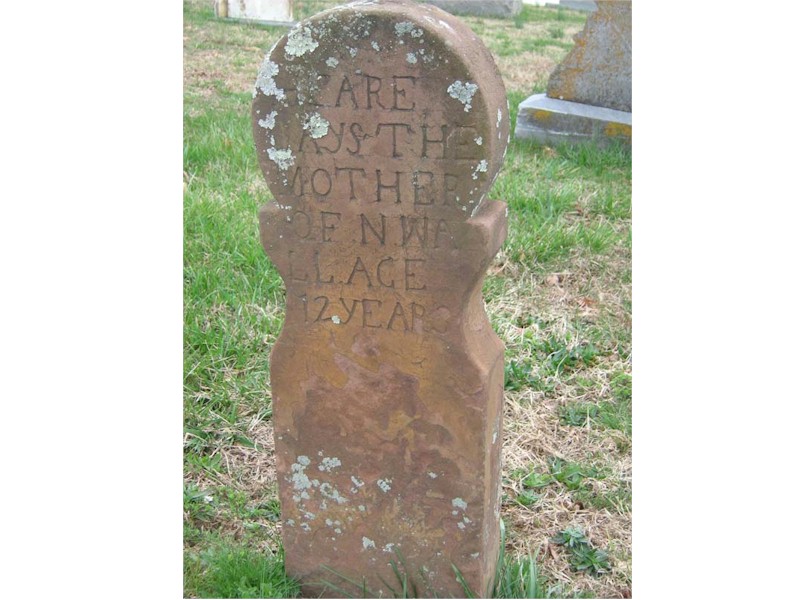

Tree trunk with pruned limbs is symbolic of tragically shortened life.
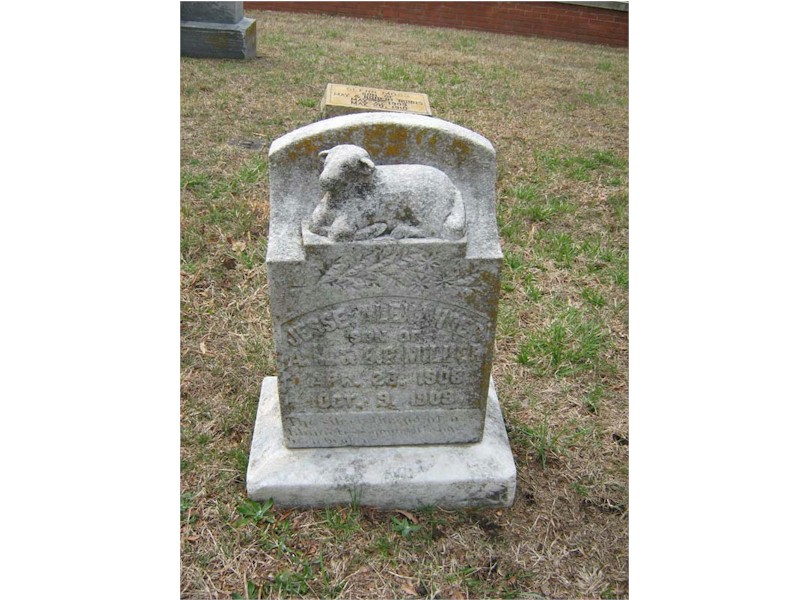
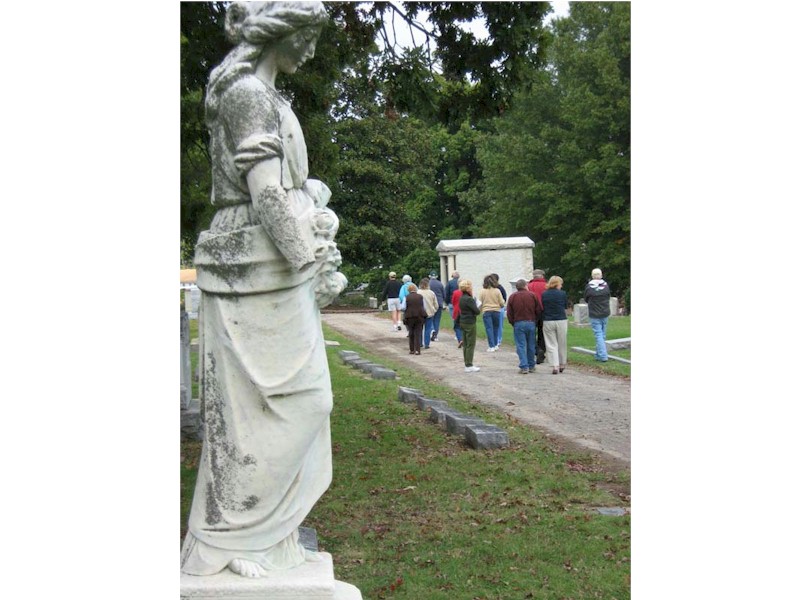
Example of Victorian era grave marker statuary. Group in background is part of periodic history walk tours of the cemetery.
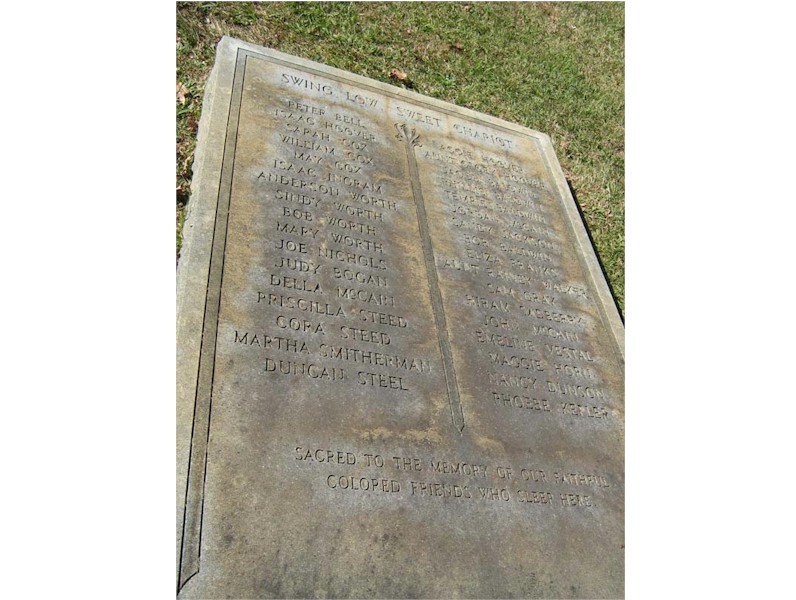
Listing of individuals associated with the Asheboro Methodist Episcopal Church and located near the former church site.
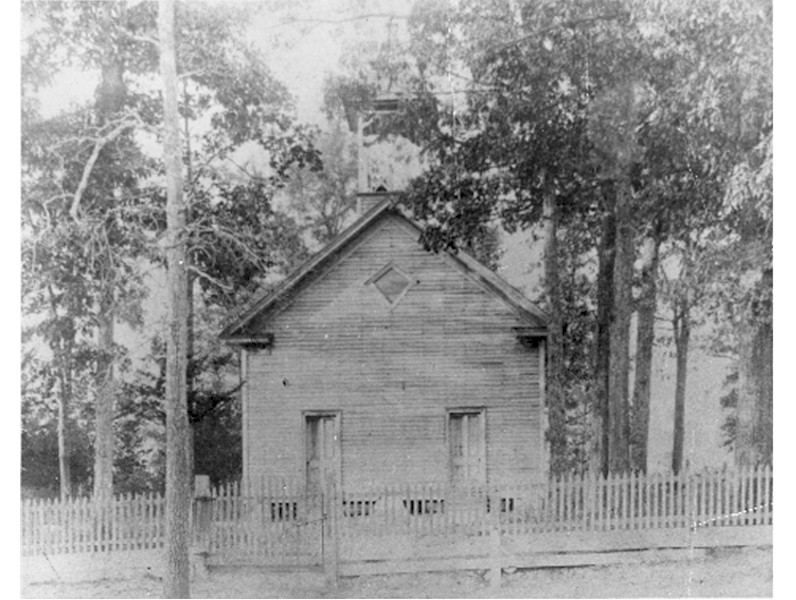
Built in 1834; photograph probably dated from 1886.
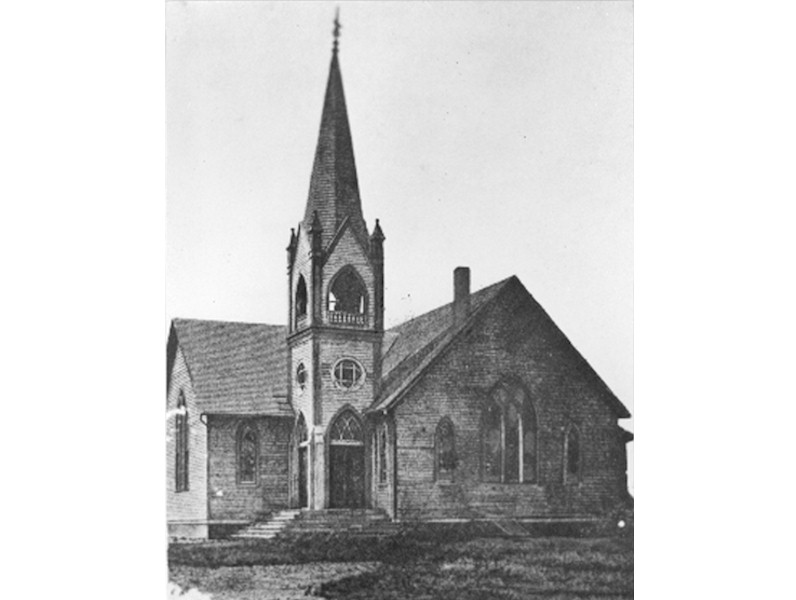
Third church building at cemetery site.
Read the Cultural Heritage Site Designation Report
Read the Cultural Heritage Site Designation Resolution
The Old Asheboro Cemetery, located on West Salisbury Street, has been a visible and continuous link with Asheboro’s past for more than 150 years. The initial two-acre tract was deeded by Randolph County attorney and entrepreneur Benjamin Elliott to the Trustees of the “Methodist Episcopal Church, Asheboro Chapter of Randolph County” on October 25, 1834, with the stipulation that the trustees “erect or build thereon…a house or place of Worship for the use of the members of the Methodist Episcopal Church.” Compliant with the terms of the deed, a church building occupied the site from shortly after the property was deeded until First Methodist Church moved to its Fayetteville Street location.
The land surrounding the church structure was dedicated as a burial ground. The earliest marked, identified grave dates to 1843 (John Drake – a one-year old boy), although fieldstone markers in the vicinity of the Drake stone likely mark graves of even earlier vintage. The memorials that radiate outward from the former church site (the southeast corner of the cemetery) trace multiple generations, often within families, of individuals who contributed to many aspects of life in Asheboro over its early history. For many years, the Methodist graveyard was the only burial site in the town of Asheboro, and as such, came to be the final resting place of many citizens who were not necessarily associated with the Methodist Church.
In 1903, the Town of Asheboro acquired a little over an acre and a half of land north of the Methodist graveyard from the Burns and Page families for development as a municipal cemetery. In 1927, the Methodist Episcopal Church, South (First Methodist Church) conveyed its property, to the City of Asheboro, under the agreement that the church structure on the site be removed within a year. The space formerly occupied by the church building was “never to be used for any other purpose than for Cemetery purposes, except by the consent and order of the Town of Asheboro.”
Thus, the cemetery acquired its current configuration.Within the cemetery boundaries are the final resting places leaders of government – local, state, and federal. There are firemen and law enforcement officers, including at least one who died in the line of duty. There are doctors, nurses, lawyers, industrialists, merchants, musicians, preachers and postmen (and women). There are judges, at least one murder victim, mechanics, and several undertakers. There are infants (some buried with their mothers) and there are those who saw their 100th birthday. In sum, The 1500+ graves in the Old Asheboro Cemetery depict much of life in Asheboro and Randolph County over the past century and three quarters.